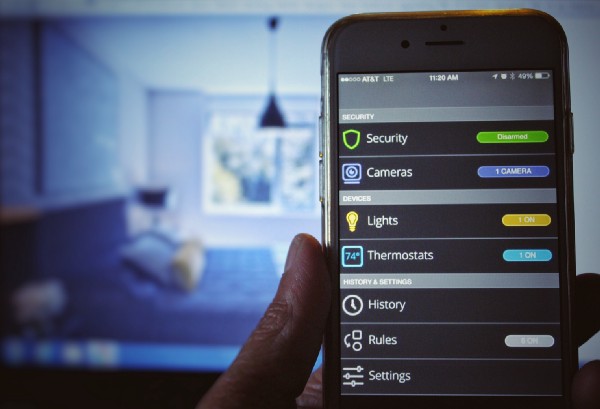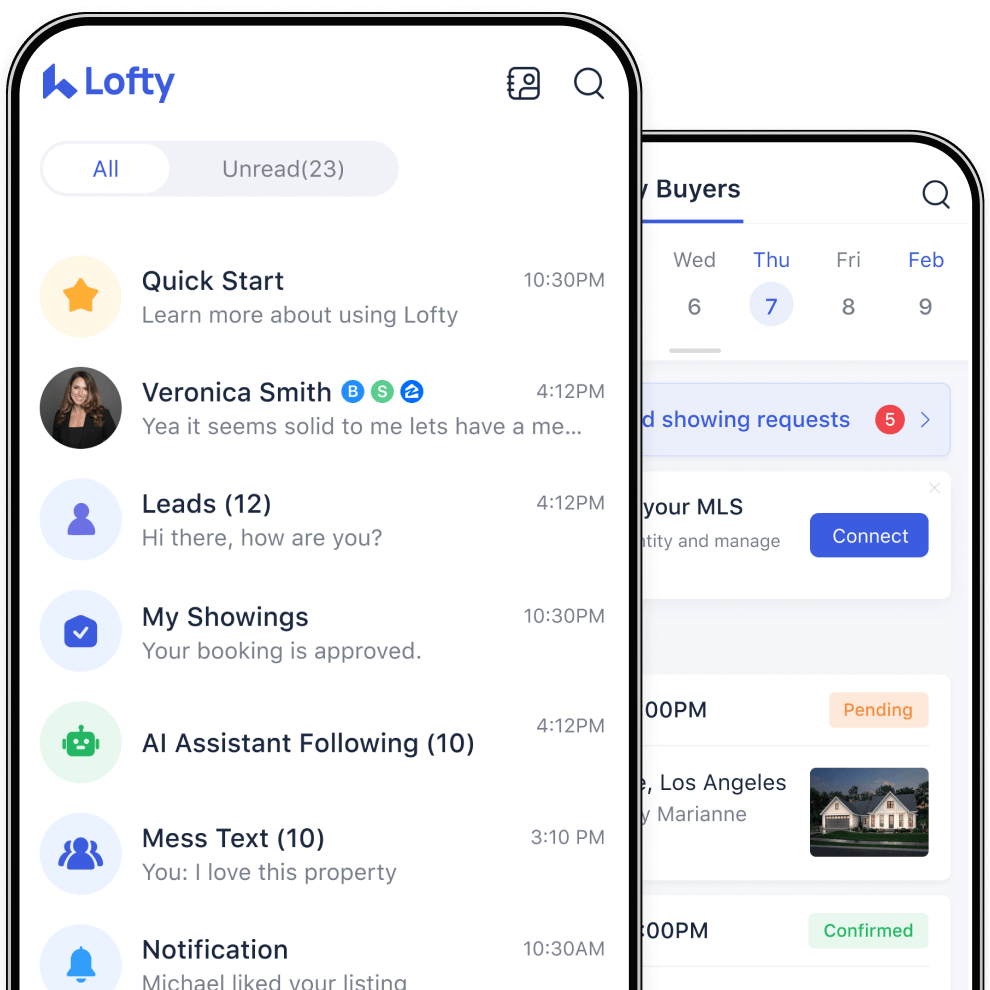How $200 can make a home smart, and add thousands to the sale price of a home

According to the National Association of Realtors’, Millennials are currently the largest group of potential home buyers–and they’re looking to purchase smart homes. A survey conducted by Better Homes and Gardens, found that 64 percent of Millennials “believe that smart technology makes their home safer and more enjoyable.”
So, what exactly is a smart home and how can adding a few simple switches and sensors not only increase a home’s property value, but also help make it a hotter listing?
A Simple Guide to a Smart Home
It’s actually amazingly easy to install smart home technology in any house or apartment. In fact, chances are your home or your friends’ homes might already have “smart” elements in it. Things like an automatic garage door opener, a programmable thermostat, or even a home monitoring system aren’t revolutionary, but as the technology necessary to produce these devices has become cheaper for companies, smart home technology has become more affordable and reliable for consumers.
Traditional home security options are expensive, come with long-term contracts, and often require homeowners to install bulky panels into their walls. Instead, companies like SmartThings, Wink, Nest, and others offer a series of easy-to-install sensors, switches, and cameras that add a lot of value to homes. And while these portable items allow homeowners to easily pack them up and take them when they go, as you’ll see below, the return that you’ll get by leaving them often outweighs the purchase investment.
Best of all, each of these three options are totally customizable. For instance, if a family is interested in keeping an eye on their toddler, they might only need something like an indoor Nest Cam. But if they’d like to monitor and control their home, they might want something like the SmartThings Home Monitoring Kit. Just want to set your lights to come on when you step into a room? It’s as easy as just picking up some smart bulbs at your local hardware store.
Why it Pays to Install Smart Home Technology
Smart home cameras and kits generally start at around $200, while individual sensors and bulbs can be as inexpensive as $20. With no long-term contracts, monthly fees, or hidden costs, most households can turn their home into a smart home for well under $1,000.
Considering that the Consumer Electronics Association and the National Association of Home Builders state that installing smart home technology can help homeowners boost the final closing price of their home by three to five percent, it’s not an exaggeration to say that adding a few smart sensors around a home is the single easiest way to increase its value.
Beyond the numbers and resale benefits, smart home listings make a great impression and can make your job as a realtor much easier. How? For starters…
• Does the listing have a programmable thermostat? If so, you can show leads how much money they’ll save on energy costs over the course of a year.
• Does the listing have a smart lock? Open the front door from across the room when prospective customers knock. That’ll get their attention.
• Does the listing have a smart camera or open/close sensors? Show families what it looks like to get a notification and video evidence showing their teen coming home after curfew, that Barkley is on the couch again, or that there’s unexpected entry by the front door.
• Does the listing have smart lights? Show people how lamps and overhead lights automatically turn on when you walk into a room. Not only is this convenient and a great party trick, but it’ll save them money on electrical bills.
• Does the listing have Amazon Echo? Wow clients by controlling your lights, stereo, and thermostat with the power of your voice.
The Bottom Line
Not only does installing smart home technology increase a home’s value and wow potential buyers, it also reflects well on you, the realtor. Just as you probably wouldn’t show up at an open house with a flip phone and a 1990 Camry, it’s important to show that you understand the emerging trends in home automation and how a minimal investment can go a long way toward creating a safer, smarter, and more secure home.
